
Pharos of Alexandria
Once a beacon of the ancient world, the Pharos of Alexandria's legacy endures through underwater ruins and the Citadel of Qaitbay.
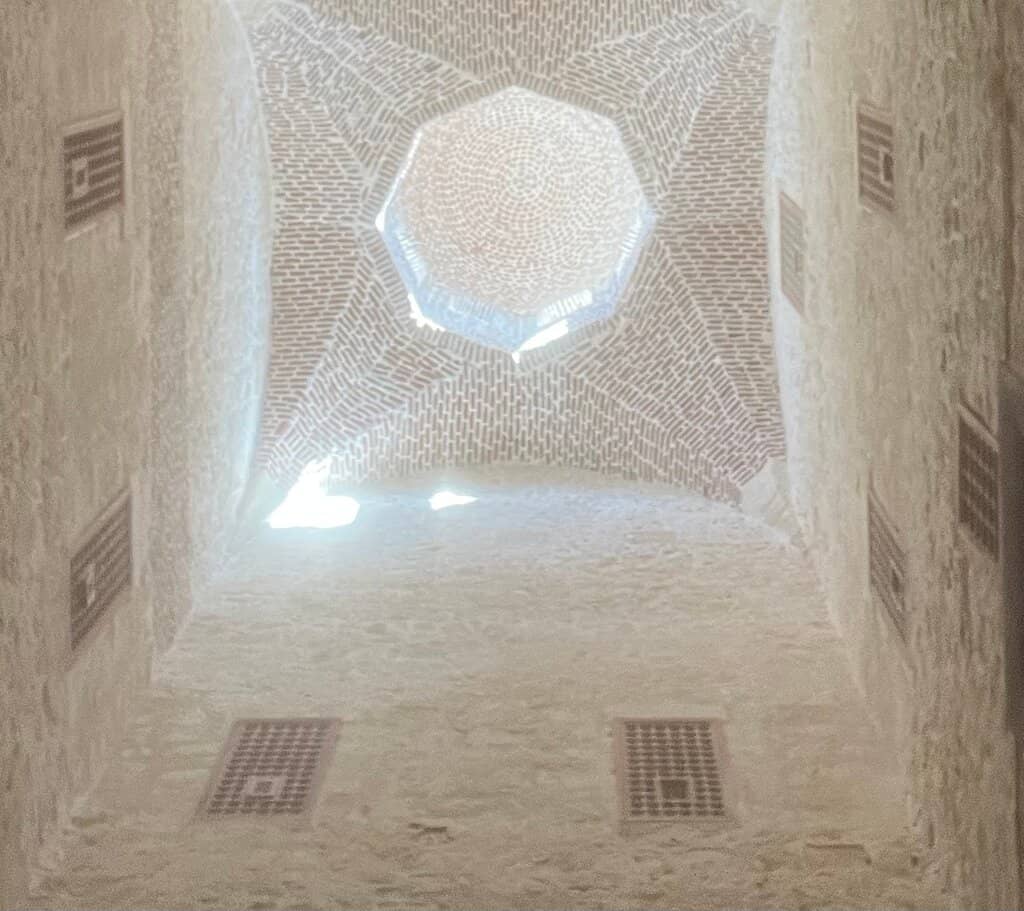
Highlights
Must-see attractions
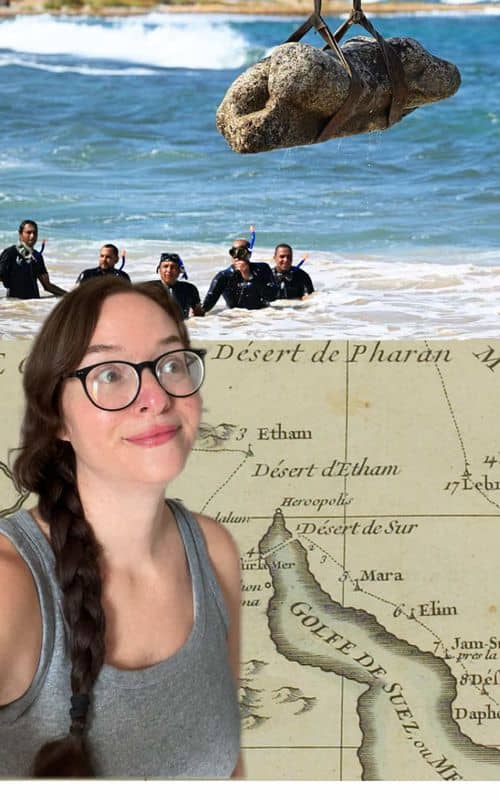
Social
From TikTok & Reddit
Best Time
Best for exploring the Citadel and coast

Pharos of Alexandria
Best Time
Best for exploring the Citadel and coast

Highlights
Must-see attractions
Once a beacon of the ancient world, the Pharos of Alexandria's legacy endures through underwater ruins and the Citadel of Qaitbay.
"The blue of the Mediterranean is as spectacular as ever, even without the lighthouse."
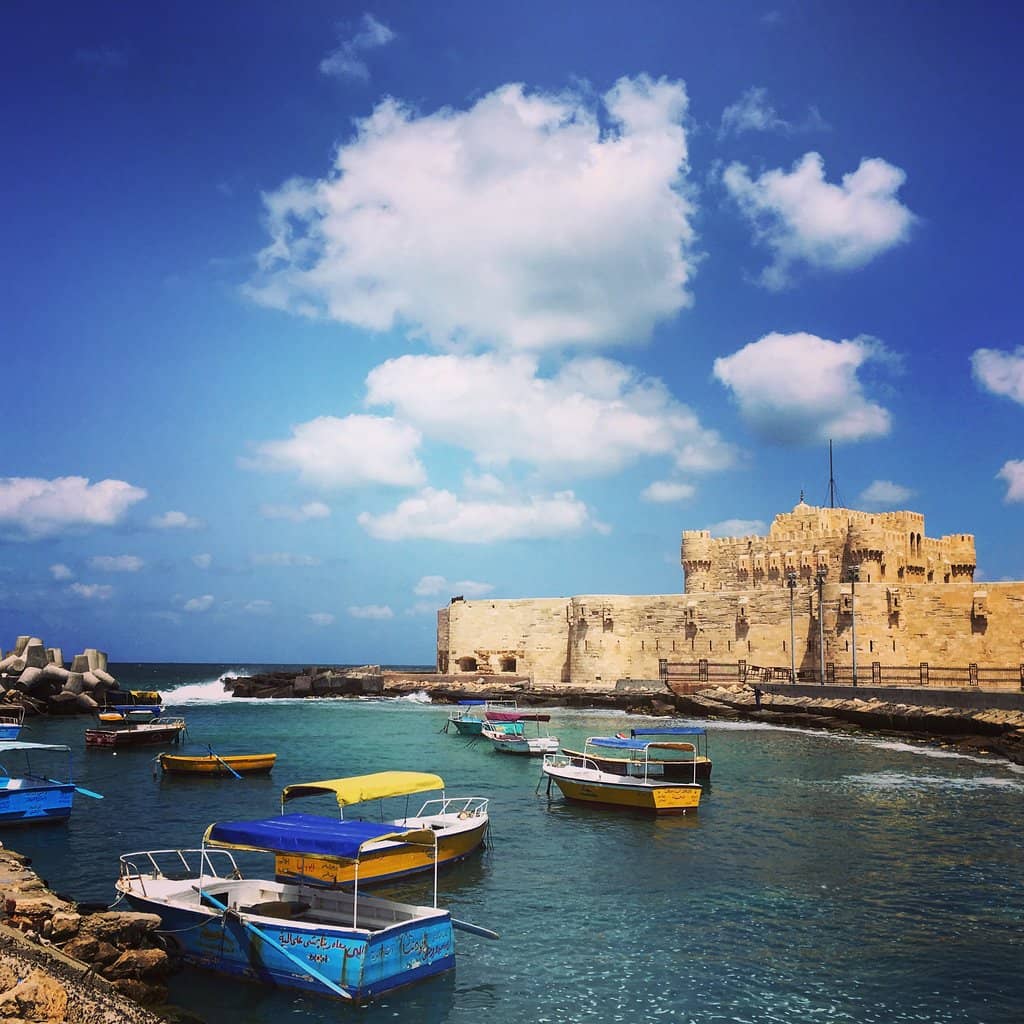
Visit the Citadel of Qaitbay
Explore this historic fortress built on the lighthouse's former site for great views and a sense of history. :camerawithflash:
Look for Underwater Discoveries
Learn about ongoing archaeological projects revealing the lighthouse's submerged remains. :ocean:
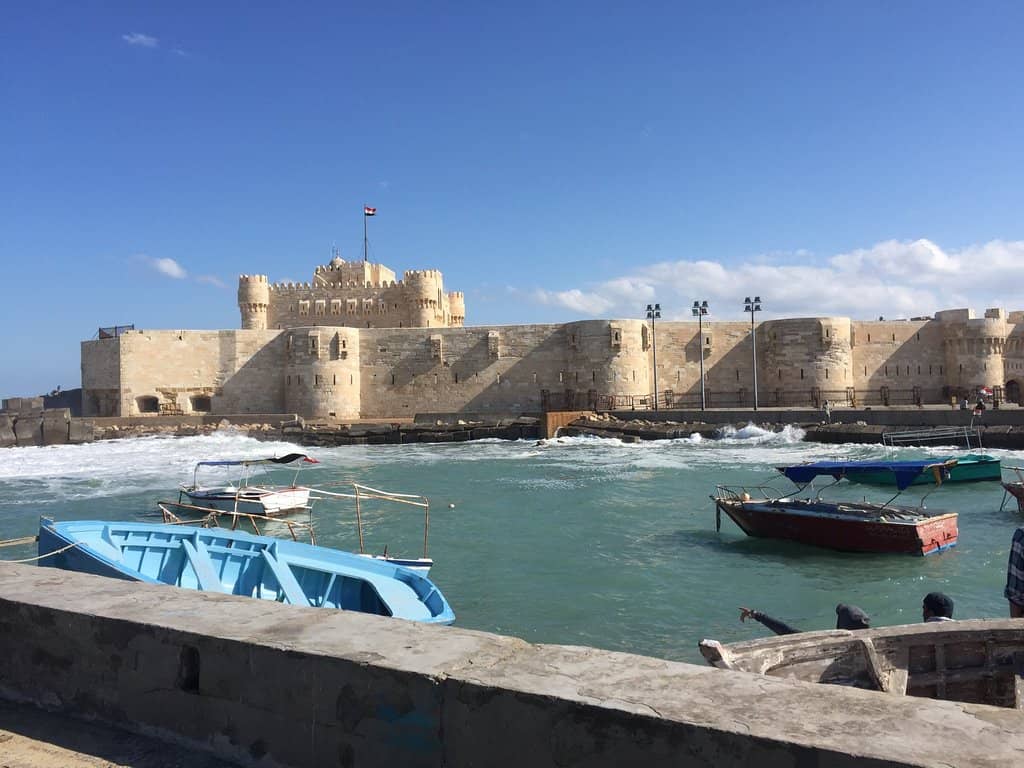
Highlights
Discover the most iconic attractions and experiences
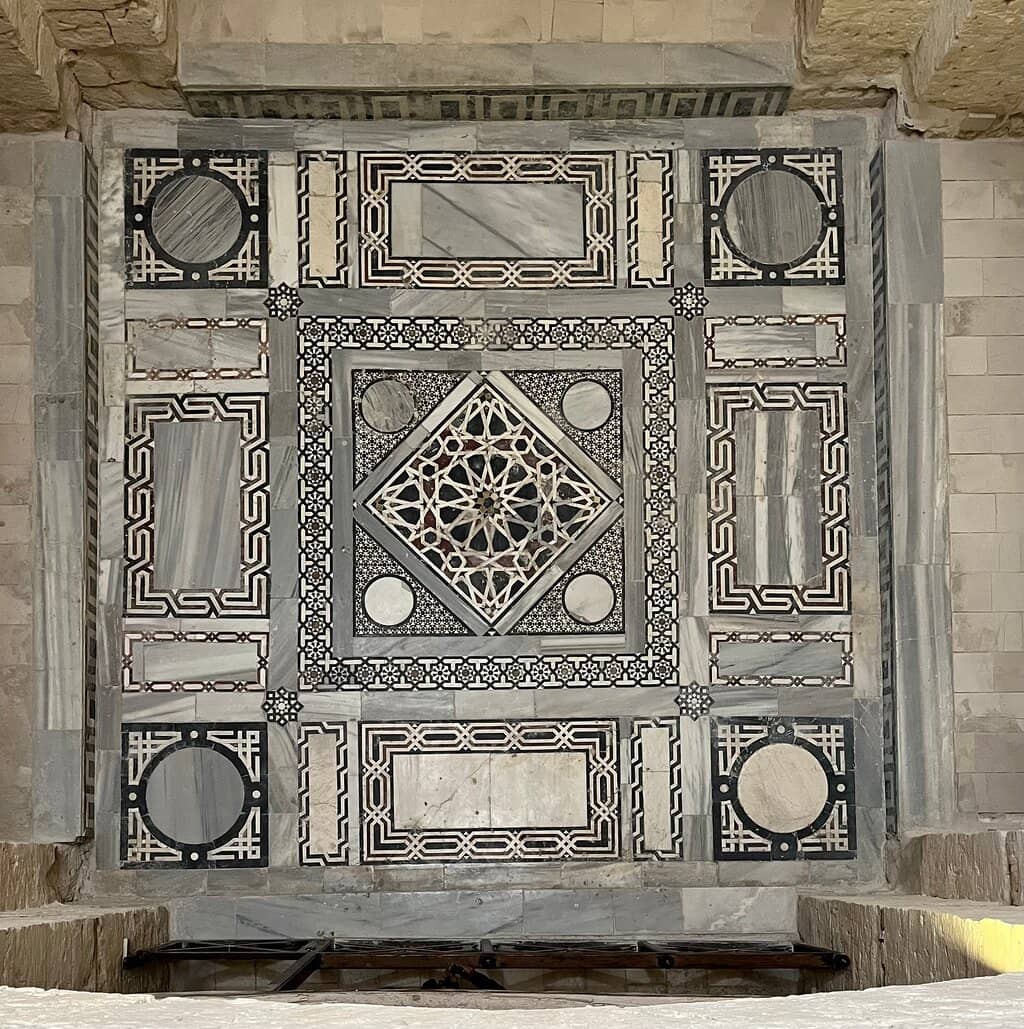
Underwater Ruins
Off the coast of Alexandria
Colossal blocks and statues from the ancient lighthouse lie submerged, a testament to its grandeur and a focus of ongoing archaeological discovery.
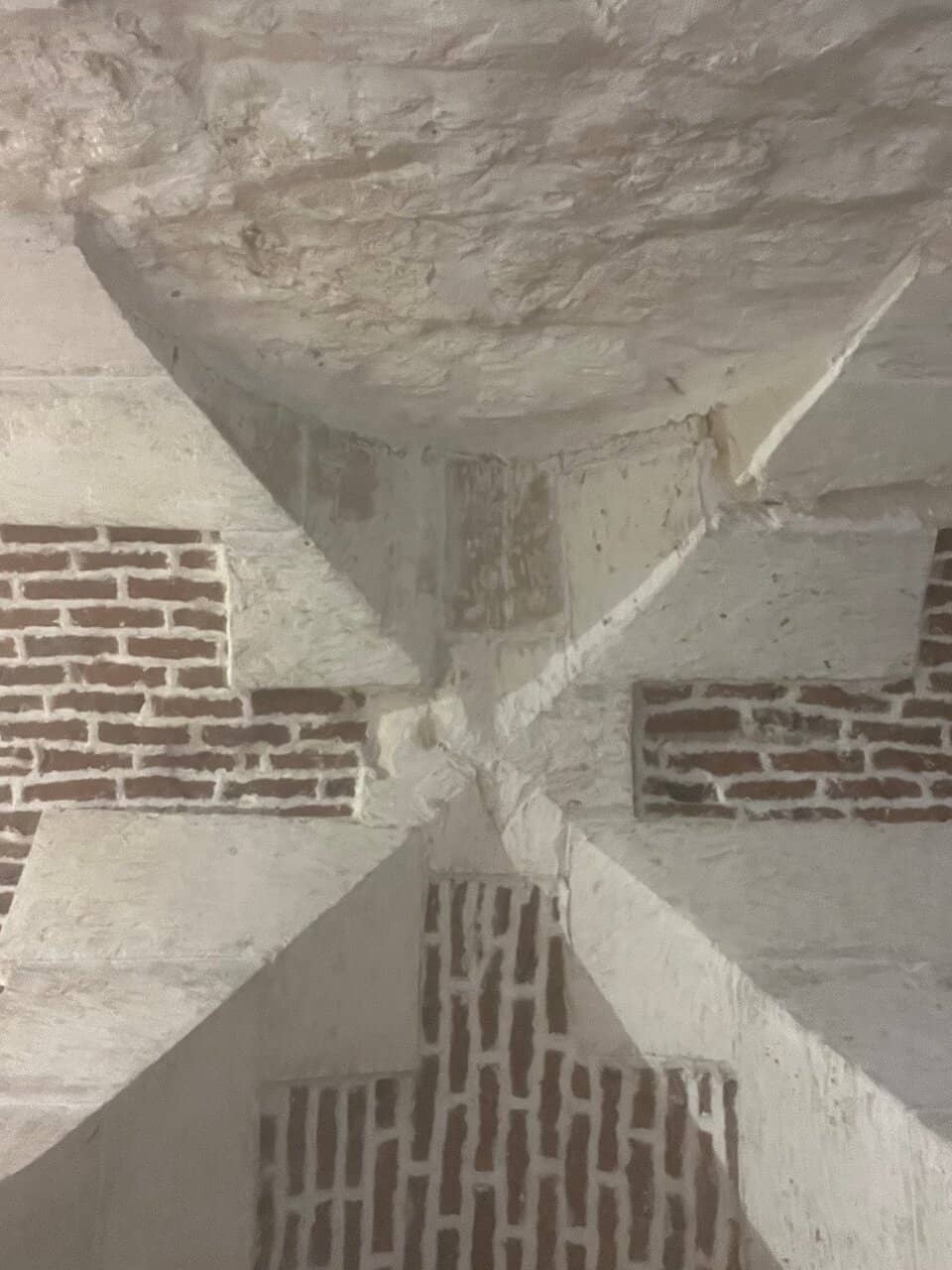
Citadel of Qaitbay
Alexandria, Egypt
Built on the foundations of the ancient Pharos, this 15th-century Mamluk fortress offers stunning Mediterranean views and a connection to the lighthouse's site.
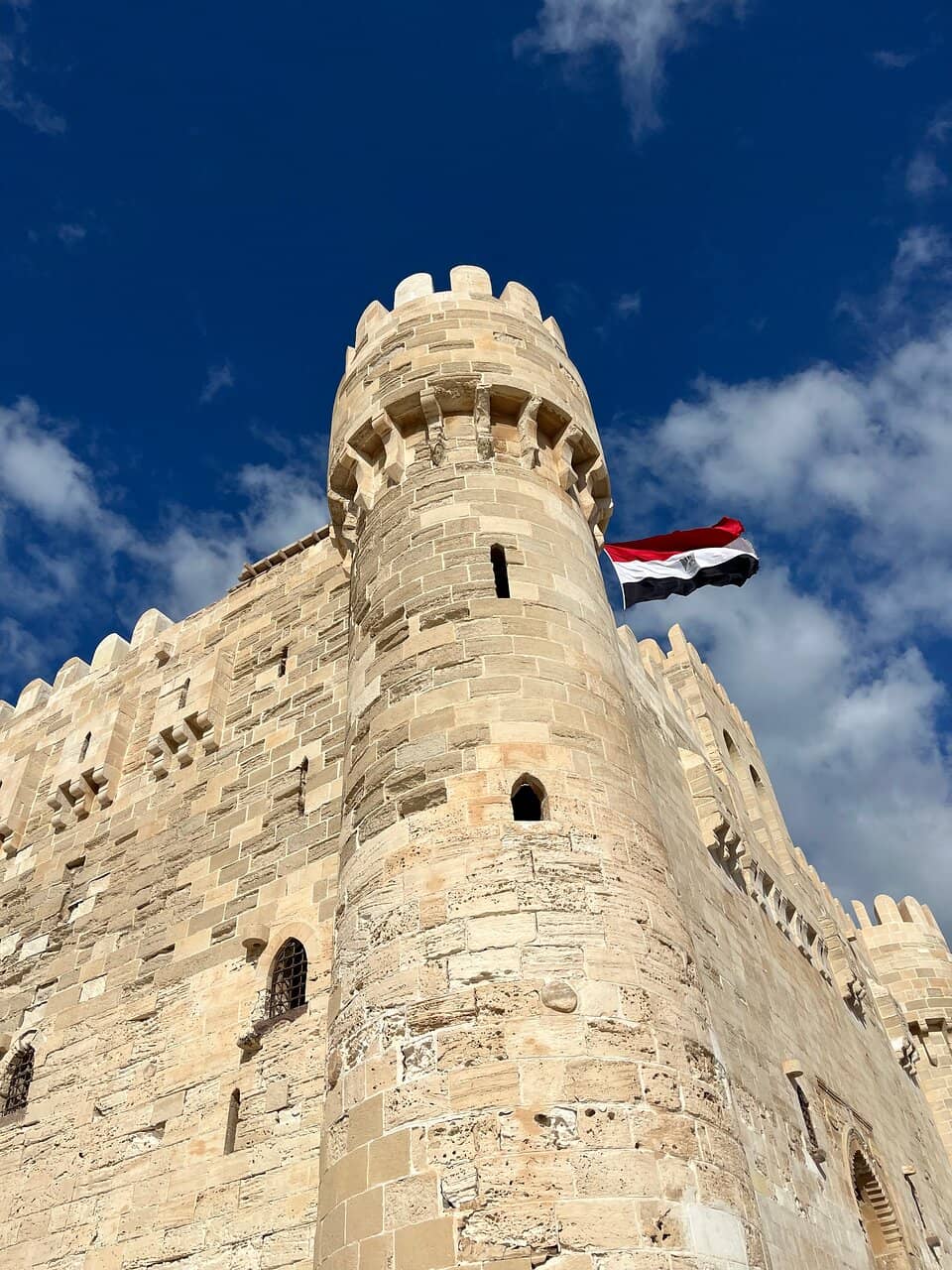
Historical Reconstructions & Models
Various museums and online resources
Explore detailed models and artistic renderings that bring the legendary Pharos lighthouse to life, showcasing its impressive height and design.
Plans like a pro.
Thinks like you
Planning Your Visit
Understanding the Lost Wonder
Exploring the Pharos Site Today
Best Times
Insider Tips
from TikTok, Instagram & Reddit
Visit the Citadel of Qaitbay
Explore this historic fortress built on the lighthouse's former site for great views and a sense of history. :camerawithflash:
Look for Underwater Discoveries
Learn about ongoing archaeological projects revealing the lighthouse's submerged remains. :ocean:
Imagine the Grandeur
Read accounts and view reconstructions to visualize the Pharos, one of the ancient world's greatest marvels. :scroll:
Enjoy the Mediterranean Views
The coastal location offers beautiful scenery, perfect for a relaxing stroll. :blue_heart:
Tips
from all over the internet
Visit the Citadel of Qaitbay
Explore this historic fortress built on the lighthouse's former site for great views and a sense of history. :camerawithflash:
Look for Underwater Discoveries
Learn about ongoing archaeological projects revealing the lighthouse's submerged remains. :ocean:
Imagine the Grandeur
Read accounts and view reconstructions to visualize the Pharos, one of the ancient world's greatest marvels. :scroll:
Enjoy the Mediterranean Views
The coastal location offers beautiful scenery, perfect for a relaxing stroll. :blue_heart:
What Travellers Say
Reviews Summary
Visitors to the site of the Pharos of Alexandria, primarily the Citadel of Qaitbay, appreciate the stunning Mediterranean views and the historical significance of the location. While the lighthouse itself is gone, the fortress offers a tangible connection to this ancient wonder and a beautiful coastal experience. Some visitors note that the main attraction is the Citadel and the surrounding area, rather than direct remnants of the Pharos.
"The Lighthouse of Alexandria, also known as the Pharos of Alexandria, stood as one of the Seven Wonders of the Ancient World and was a monumental achievement of Hellenistic engineering. Commissioned by Ptolemy I Soter around 300 BCE and completed by his son, Ptolemy II Philadelphus, the lighthouse was erected on the small island of Pharos at the entrance to Alexandria's bustling harbor in Egypt. Its primary purpose was to safely guide the thousands of merchant ships into the crucial trading port on the low-lying coast. Attributed to the architect Sostratus of Cnidus, the structure was one of the tallest man-made buildings in the world for centuries, second only to the Great Pyramid of Giza, with height estimates ranging from over 100 to 140 meters (330 to 460 feet).
The magnificent tower was constructed of large, light-colored stone blocks in three distinct, tapering tiers: a square base, an octagonal middle section, and a cylindrical top. Inside, a broad spiral ramp allowed transport of fuel to the summit, where a wood-fed furnace provided the beacon of light at night. Ancient accounts also suggest a large, highly polished bronze mirror was used to reflect the flame's light or the sun's rays during the day, extending the visibility of the navigational aid for many miles out to sea. This technological triumph became the archetype for all lighthouses that followed, with the word "Pharos" still being the root for "lighthouse" in several languages. The impressive structure endured for over 1,500 years, making it one of the longest-surviving ancient wonders, but it was progressively destabilized and finally collapsed after a series of powerful earthquakes between 956 and 1303 CE. Its remaining stone ruins were eventually scavenged in the 15th century to build a fort on the same location, but underwater archaeological surveys in the 1990s have since uncovered colossal blocks and statues, offering new insights into the design and scale of this lost marvel.
Tools"
Sami Gomaa
"Had an amazing time with my family, the people there are kind, and the food is cheap! Many nice things to buy, and i’d love to go again. Taking my camera with me was obviously not a regret :)"
Evooona
"Great place for families and friends.. Amazing view!!"
hiba hameed
What People Like
What People Dislike
Frequently Asked Questions
🚇 🗺️ Getting There
The Pharos of Alexandria was located on the island of Pharos, which is now part of the Alexandria coastline. The most accessible point to connect with its history is the Citadel of Qaitbay, located in the Anfoushi neighborhood. You can reach the Citadel by taxi or local bus from most parts of Alexandria.
Yes, local buses frequently run to the Anfoushi area where the Citadel of Qaitbay is located. Taxis are also readily available and a convenient option for reaching the site.
Exploring the Citadel of Qaitbay and the surrounding coastline is the best way to experience the historical site of the Pharos. Consider walking around the area to soak in the atmosphere.
While there might not be specific tours for the 'Pharos site' itself, many Alexandria city tours will include a visit to the Citadel of Qaitbay and discuss the history of the lighthouse.
The lighthouse no longer stands, but significant ruins have been discovered underwater. While not directly accessible for casual visitors, you can learn about these discoveries through exhibits or documentaries.
🎫 🎫 Tickets & Entry
You do not need a ticket to see the general area where the Pharos once stood. However, there is an entrance fee for the Citadel of Qaitbay, which is built on the lighthouse's foundations.
The Citadel of Qaitbay typically opens in the morning and closes in the late afternoon or early evening. It's advisable to check the most current hours before your visit, as they can vary seasonally.
Ticket prices for the Citadel of Qaitbay are generally affordable for tourists. Expect a modest fee for entry, which grants access to the fortress and its historical exhibits.
Occasionally, museums or cultural institutions in Alexandria may host exhibitions or lectures about the Pharos of Alexandria, especially when new archaeological findings are announced.
Direct access to the underwater ruins is typically limited to authorized archaeological expeditions. However, some diving centers might offer tours to nearby submerged historical sites.
🎫 🧭 Onsite Experience
Today, you can visit the Citadel of Qaitbay, which stands on the ancient site of the Pharos. You can also explore the surrounding coastline and imagine the magnificent lighthouse that once guided ships.
Absolutely! The Citadel of Qaitbay offers stunning panoramic views of the Mediterranean Sea, making it a fantastic spot for photography. The coastal scenery is also very picturesque.
Allocate at least 1-2 hours to explore the Citadel of Qaitbay thoroughly, including time to enjoy the views and learn about its history.
Yes, the Anfoushi neighborhood and areas around the Citadel of Qaitbay have several local restaurants and cafes where you can enjoy Egyptian cuisine.
The Pharos was one of the Seven Wonders of the Ancient World, a marvel of Hellenistic engineering that served as a crucial navigational aid for over 1,500 years and inspired lighthouses worldwide.
📸 📸 Photography
The ramparts of the Citadel offer incredible views of the Mediterranean Sea and the Alexandria coastline. The fortress itself also provides many architectural details for striking photos.
Sunrise and sunset offer beautiful lighting for photography at the Citadel and along the coast. Midday can be bright, but the blue of the Mediterranean is always spectacular.
Drone usage is often restricted in historical sites and near coastal areas in Egypt. It's best to check local regulations before attempting to fly a drone.
From the Citadel, looking out towards the sea where the lighthouse once stood, or capturing the Citadel against the vast Mediterranean, evokes the spirit of the ancient wonder.
A versatile lens (like a 24-70mm) is great for capturing both wide coastal views and details of the fortress. A wide-angle lens is excellent for the expansive sea vistas.
For Different Travelers
Tailored advice for your travel style
👨👩👧 Families with Kids
Pack snacks and water, as exploring the Citadel can be tiring. The coastal breeze is refreshing, but ensure children are supervised near the ramparts. The nearby Anfoushi neighborhood offers local eateries for a family-friendly meal.
🏛️ History Buffs
Research the history of the Pharos and its architects before your visit. Consider visiting local museums in Alexandria that might have artifacts or exhibits related to the lighthouse and ancient Egypt. The sheer scale and engineering of the Pharos are subjects of endless fascination.
📸 Photographers
Experiment with different angles to convey the scale of the Citadel and the vastness of the sea. Look for details in the fortress's stonework and imagine the ancient lighthouse that once stood sentinel. The blue hues of the water are particularly vibrant.
Deep Dives
In-depth insights and expert knowledge
The Engineering Marvel of the Pharos
At its summit, a powerful beacon was created by burning wood, amplified by a large, polished bronze mirror. This mirror could reflect the flame's light for vast distances at night, and even the sun's rays during the day, guiding ships safely into Alexandria's busy harbor. The word 'Pharos' itself became the root for 'lighthouse' in many languages, highlighting its groundbreaking influence.
While the lighthouse was destroyed by earthquakes over centuries, its legacy endures. Underwater archaeological projects have uncovered massive stone blocks and statues, offering tangible links to this lost wonder and providing invaluable insights into its construction and scale.
Exploring the Pharos Site Today: Citadel of Qaitbay
Visiting the Citadel offers a unique opportunity to stand where one of the Seven Wonders of the Ancient World once stood. The fortress provides breathtaking panoramic views of the Mediterranean Sea and the bustling port of Alexandria. It's a fantastic spot to imagine the scale of the Pharos and its role in ancient maritime history.
Beyond its historical significance, the Citadel itself is a remarkable piece of architecture. Exploring its ramparts, courtyards, and interior chambers allows visitors to appreciate its defensive design and the strategic importance of its location. It's a must-visit for anyone interested in Alexandria's rich past.
Underwater Discoveries and Ongoing Research
Projects like the PHAROS project, involving international teams of archaeologists, historians, and engineers, are dedicated to exploring and recovering these submerged artifacts. The recovery of massive stone blocks, some weighing up to 80 tons, provides direct evidence of the lighthouse's immense scale and the challenges of its construction and eventual collapse due to seismic activity.
These ongoing underwater explorations not only shed light on the Pharos itself but also contribute to our broader understanding of ancient Alexandrian history and maritime technology. The findings are vital for piecing together the story of this lost wonder and its impact on the ancient world.


Social
from TikTok, Instagram & Reddit